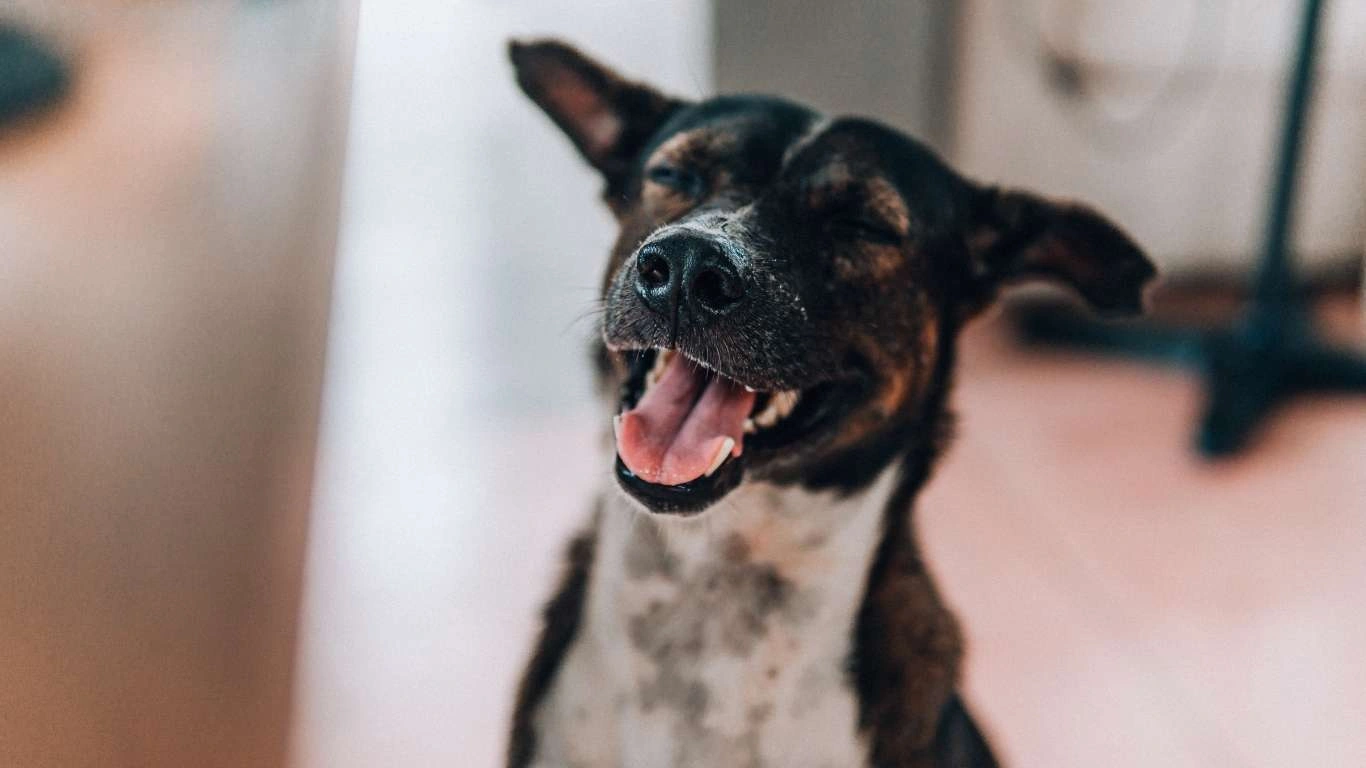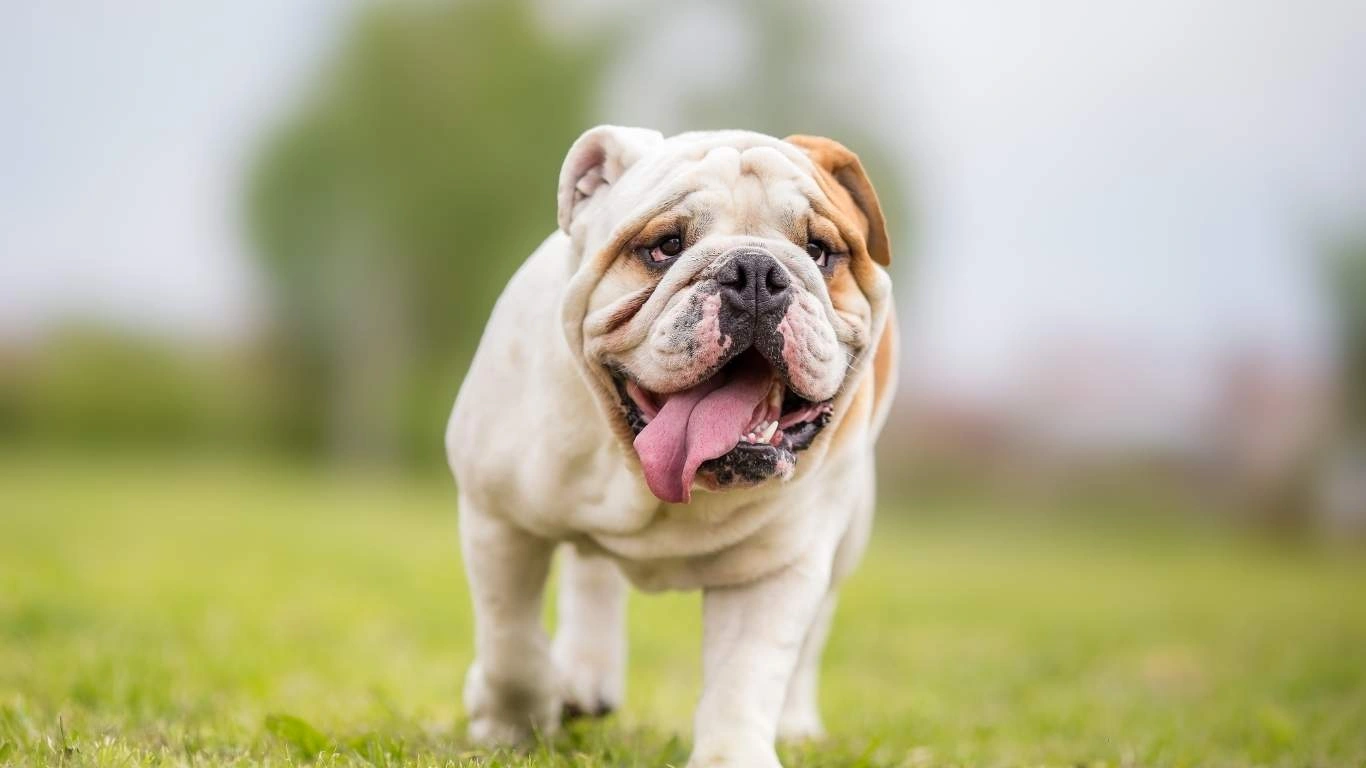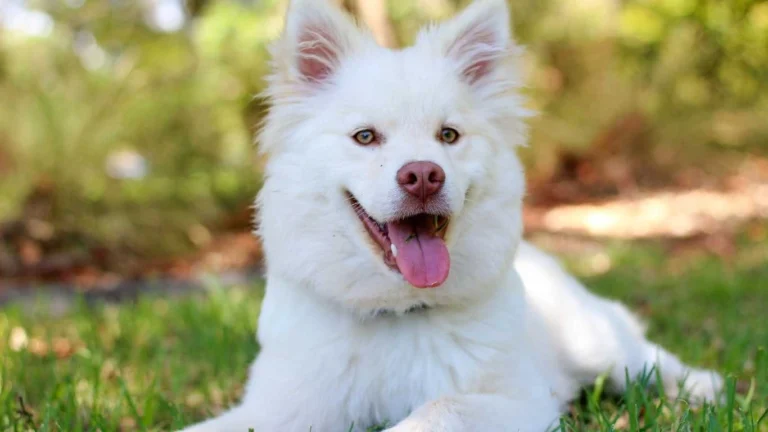Struggling to Calm Your Pup? How to Feed a Hyperactive Dog for Better Focus
As someone who’s spent years in the trenches of pet clinics and shelters, trust me when I say this — figuring out how to feed a hyperactive dog for better focus isn’t as simple as just tossing kibble into a bowl. I’ve seen pups bouncing off the walls like they drank a triple espresso, and more often than not, their diet was a big part of the problem. If your dog’s energy seems endless, but their ability to listen and focus is nowhere to be found, this guide’s for you.
Understanding the Root of Hyperactivity

Before we dive into what and how to feed, let’s break down why some dogs seem to be on a never-ending sugar high. Hyperactivity in dogs can stem from a variety of causes:
- Lack of mental stimulation
- Inconsistent training
- Excessive carbs and sugar in their diet
- Not enough exercise
- Breed tendencies (hello, Border Collies and Jack Russells!)
In my experience, diet is one of the most overlooked factors. I’ve worked with pet parents who had tried every training trick in the book, but it wasn’t until we adjusted their dog’s meals that we started seeing real change. Let’s talk about what’s really going into their bowl.
The Role of Nutrition in Behavior

Why the Right Diet Matters
Food is fuel — we know that. But for dogs, especially the high-energy ones, it’s more than just fuel. It can be the key to better focus, calmer behavior, and a healthier life overall. When I worked in shelter environments, the dogs who were eating clean, protein-rich diets were usually the ones who responded faster to training and settled down quicker in their kennels.
What many don’t realize is that certain ingredients can act like a sugar rush for dogs. Overly processed kibbles, artificial dyes, and even some grains can send your pup’s energy levels through the roof — and not in a good way.
How to Feed a Hyperactive Dog for Better Focus
If your dog’s got that nonstop go-go-go energy, feeding with focus in mind starts with being selective about ingredients. Here are a few golden rules I’ve stuck with over the years:
- High-Quality Protein: Chicken, beef, salmon, and turkey are all solid options. Protein helps regulate energy and supports brain function. Skip the by-products, though.
- Low Glycemic Index Carbs: Swap out corn and white rice for sweet potatoes, lentils, or peas. These break down slowly and don’t cause sugar spikes.
- Healthy Fats: Omega-3s from fish oil can do wonders for focus and even reduce anxiety. I’ve personally seen anxious pups mellow out with the right dose.
- Skip the Fillers: If you can’t pronounce it, maybe it doesn’t belong in your dog’s food. Avoid artificial flavors, colors, and unnecessary preservatives.
- Feed for Brain Health: Ingredients like blueberries, spinach, and pumpkin aren’t just for Instagram pics — they actually help with cognitive support.
One of the shelter dogs I cared for, a terrier mix named Jasper, was a total whirlwind — constantly barking, pacing, and impossible to train. But once we switched his meals to a protein-rich, grain-free formula with omega-3s and added in some calming herbs like chamomile, the difference was night and day. He found a forever home not long after.
Feeding Schedules That Make a Difference

Timing matters just as much as what you feed. I’ve noticed that dogs who get one massive meal often end up with energy spikes and crashes — not unlike a toddler after a birthday party. Breaking meals into smaller portions throughout the day can really help balance their energy.
Here’s a feeding schedule I often recommend:
- Morning: Half of their daily meal portion, paired with a short walk or play session.
- Midday: A small snack (think: carrot slices or a few blueberries).
- Evening: The rest of their meal, ideally after a walk to help wind them down.
Feeding routines help create structure, and structure builds better behavior. If your hyper dog seems like they’re always anticipating the next big thing, consistent mealtimes can help dial that down and give them some predictability.
Supplements That Support Focus and Calm

Supplements can be a game changer — and I say that as someone who’s seen their impact firsthand. There was this one Labrador at the clinic I worked at, always bouncing off the walls and chewing up the vet techs’ shoelaces (I might’ve been one of the victims). Once we introduced a few targeted supplements, it was like someone turned down the volume in his brain.
Here are some of the most effective supplements I’ve used and recommended to pet parents looking for how to feed a hyperactive dog for better focus:
- Omega-3 fatty acids (DHA & EPA): Critical for brain development and cognitive function. These can be found in fish oil or algae-based options if your pup has sensitivities.
- Magnesium: Yep, just like in humans, magnesium can help regulate nerve function and promote calmness. Be sure to get pet-safe formulas — don’t just grab your own bottle from the cabinet.
- L-Theanine & L-Tryptophan: These amino acids promote relaxation and better focus without making your dog drowsy. I’ve used these for anxious rescues to help them settle into their new homes.
- Probiotics: A healthy gut contributes to a healthy brain. I know that sounds strange, but there’s legit science behind it. Dogs with digestive issues often show behavior challenges — fix the gut, improve the brain.
Just remember: Always talk to your vet before adding anything new to your dog’s routine. What works wonders for one dog might not be right for another, especially if there are existing health conditions involved.
Smart Treating: Focus-Boosting Snacks

Treats aren’t just bribes — they’re training tools, and when chosen wisely, they can actually support focus instead of sabotaging it. I’ve trained dozens of shelter pups using treats as currency, and I quickly learned that not all snacks are created equal.
Best Treat Choices for Hyper Dogs
Look for treats that are:
- Low in sugar — Yes, sugar sneaks into dog treats too.
- Made with real ingredients — Think single-ingredient options like dehydrated liver, salmon, or even boiled chicken.
- Functional — Some treats come with added benefits like calming herbs or extra omega-3s. These are gold for training hyperactive dogs.
One trick I use with dogs that struggle to focus? I save the high-value treats — like freeze-dried duck or a bit of peanut butter — for moments when I really need their attention. It’s amazing how fast a dog will lock in when they know the good stuff’s on the line.
DIY Treat Options
If you’re into making your own snacks (and honestly, it can be fun), here’s one of my go-to recipes that’s both calming and delicious:
- Blend one ripe banana, 1 tablespoon peanut butter (no xylitol!), and ½ cup plain yogurt.
- Add a dash of ground flaxseed or turmeric for extra health perks.
- Pour into silicone molds and freeze for a cooling treat.
Your pup gets a tasty reward, and you get the satisfaction of knowing exactly what they’re munching on. Win-win.
Environmental Tweaks That Complement Diet

Now, this might sound like it’s outside the “feeding” topic — but it’s all connected. You could feed your dog the most balanced, nutrient-rich meals ever, but if their environment is chaotic, overstimulating, or stressful… all that good food might not get a chance to work its magic.
Simple Changes That Can Help
- Use slow feeders or puzzle bowls — These mentally stimulate your pup during mealtime and slow them down, which helps regulate their energy after eating.
- Create a calm space — Set up a cozy corner with a soft bed, a familiar toy, and maybe some background calming music. It signals to your dog that it’s time to chill.
- Stick to a routine — Dogs love predictability. Feeding at the same time each day can train the brain to expect food calmly rather than in a frenzy.
One senior dog I worked with had major reactivity issues, especially during mealtimes. His new family started feeding him in a quiet room with a slow feeder, and within a few weeks, the difference was like night and day. His body language softened, his pacing stopped, and his focus during training improved dramatically.
Feeding for focus isn’t just about kibble — it’s the entire experience. The food, the vibe, the schedule — they all work together to shape behavior.
Training and Mealtime: Building Focus Through Routine

By now, you’ve probably gathered that when it comes to how to feed a hyperactive dog for better focus, there’s more to the story than just food. The way you *pair* feeding with training can make all the difference. I’ve had countless moments with jumpy pups who just needed a little consistency to really start thriving — and meal-based training was often the secret sauce.
Use Mealtime as a Training Opportunity
Hyper dogs thrive on structure — it gives their minds a job and a sense of predictability. One technique I’ve used over and over again with success is training during mealtime. Here’s how you can make it work in your daily routine:
- Ask for a simple command before setting the bowl down (like “sit” or “watch me”).
- Wait until your dog holds the command for a few seconds before releasing them to eat.
- Gradually add more commands — maybe a “stay” or “down” — building patience over time.
What this does is mentally engage your dog before food, shifting their brain from excited chaos into focus mode. I’ve worked with dogs that would practically do backflips when they heard the scoop hit the bowl. After just a week or two of training with feeding time, their mealtime manners were unrecognizable — calm, alert, and focused.
Use Treat Dispensing Toys for Extra Brain Work
If your dog inhales their meals like there’s a prize at the bottom of the bowl, consider feeding part (or all) of their meal through puzzle toys or treat dispensers. It slows them down and turns eating into a problem-solving exercise — perfect for dogs who struggle to stay still or pay attention.
Common Mistakes to Avoid When Feeding Hyper Dogs

Even the most well-meaning pet parents sometimes make feeding mistakes that unknowingly crank up their dog’s hyperactivity. Trust me — I’ve been there. These are some of the most common issues I’ve seen in the clinic and with rescue pups over the years:
- Feeding table scraps or inconsistent treats: That little bite of pizza crust might not seem like much, but it throws off their digestion and energy balance. Not to mention the salt and grease… yikes.
- Switching foods too often: I totally get the temptation to try every “superfood” dog food out there, but changing up your dog’s diet too frequently can cause more harm than good — both in their tummy and their behavior.
- Skipping meals: I’ve seen dogs miss meals due to busy schedules or behavior issues, and then spike in energy and anxiety. Regular feeding times are key for emotional and mental regulation.
Sticking to a well-balanced, consistent feeding schedule is one of the most effective ways to get your dog into a focused, calm rhythm. When we nourish their bodies consistently, their brains start to follow suit.
Final Thoughts on Feeding for Focus
In all my years working with pets, especially in shelter settings where behavior problems often mean the difference between adoption and being overlooked, I’ve seen firsthand just how powerful proper feeding can be. It’s not just about physical health — it’s mental and emotional wellness, too. Whether it’s adjusting protein levels, switching to slow feeders, or incorporating calming supplements, small shifts can bring big wins.
If there’s one thing I’d leave you with, it’s this: be patient. No change happens overnight. Give your dog time to adapt to a new routine, observe their responses, and celebrate small victories — like the first time they sit calmly before eating instead of spinning in circles. Those moments add up.
Need Help Choosing the Right Food?
Consult with a vet or a certified canine nutritionist. Every dog is unique, and what works for one might not suit another. A professional can help you evaluate ingredients, caloric needs, and even behavioral tendencies to tailor a diet just right for your pup.
References
- American Veterinary Medical Association
- PetMD
- American Animal Hospital Association
- American Society for Nutrition
Disclaimer
This content is based on personal experience as an Animal Care Specialist and is intended for informational purposes only. Always consult your veterinarian before making changes to your dog’s diet, supplement routine, or feeding schedule. Every dog is different, and professional guidance ensures the safest, most effective approach for your pup’s health and behavior.






